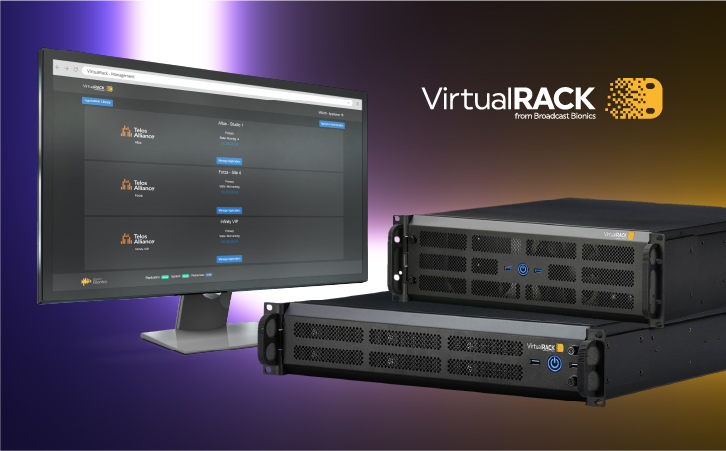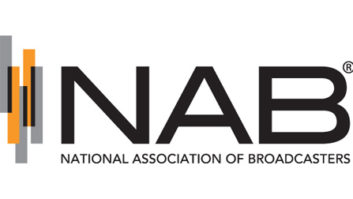Editor’s note: The following story is sponsored content. Dan McQuillin is the founder of Broadcast Bionics.
Containerization enables broadcast equipment traditionally deployed in hardware to be virtualized and operate on standard PC hardware or servers. As well as enabling broadcasters to use generic hardware, the move to containers facilitates greater flexibility, scalability and resilience by leveraging techniques developed and used by the IT community.
Additional operational and ownership savings are possible due to containerized deployments requiring significantly less power, real estate and cooling.
Unfortunately, those seeking to implement containers have encountered a steep learning curve and struggled with the sheer complexity and number of variables in hardware, OS and software that must all be optimized. These complexities have led to frustration and disappointment, limiting the speed with which container technology has been adopted.
UK software developer Broadcast Bionics, creators of BionicStudio, have developed a solution — and for a software company it might not be the one you’d expect.
Broadcast Bionics has developed VirtualRack which integrates Bionics’ innovative software into a hardware appliance optimized for container hosting — a solution that takes the risk and complexity out of deploying containerized applications at scale and makes it simple for broadcast engineers to manage containers using a browser-based interface rather than the Linux command line.
VirtualRack consists of three components:
- VirtualRack Appliance: this is a PC where the processor, bios, firmware and memory architecture have been optimized and pre-configured to support low latency broadcast applications. Using a VirtualRack appliance ensures broadcasters always have exactly the right configuration and optimizations to ensure success. This appliance is a piece of closed, hardened broadcast equipment, not a general IT server, making it simple for broadcast engineers to deploy, manage and support.
- VirtualRack Browser Interface: VirtualRack users never see Linux, Docker or a command line but instead deploy and manage broadcast applications, as well as managing their appliance and networking, using a simple and intuitive browser-based interface.
- VirtualRack Application Library: VirtualRack offers users access to a library of approved and tested broadcast applications. From mic processing to mixing; talkshow systems to final processing. These applications offer the full range of broadcast tools and equipment users would traditionally house in their physical racks room but can now easily deploy using VirtualRack.

VirtualRack monitors for product updates, provides visibility across entire multisite networks and enables multiple appliances to be linked over the network where applications can be installed onto primary and backup appliances simultaneously. Should VirtualRack detect the primary appliance has failed, the backup instance starts automatically and is available after approximately 10 seconds.
VirtualRack manages the resources required into virtual Application Units (AU) with 8AU and 16AU appliances currently available.
As a vendor agnostic solution, VirtualRack’s growing application library currently offers containerized products from Telos Alliance, SOUND4, 2wcom, XPERI and Wide Orbit.
VirtualRack helps broadcasters get “cloud ready”
VirtualRack offers an affordable and practical path into the cloud. All VirtualRack applications and licences can be migrated from on-premise VirtualRack instances into the cloud, either onto hosted servers or into customers’ own data centre environments.
See VirtualRack at IBC 2023 on the Broadcast Bionics booth (stand 8C81) or see more on their website.












